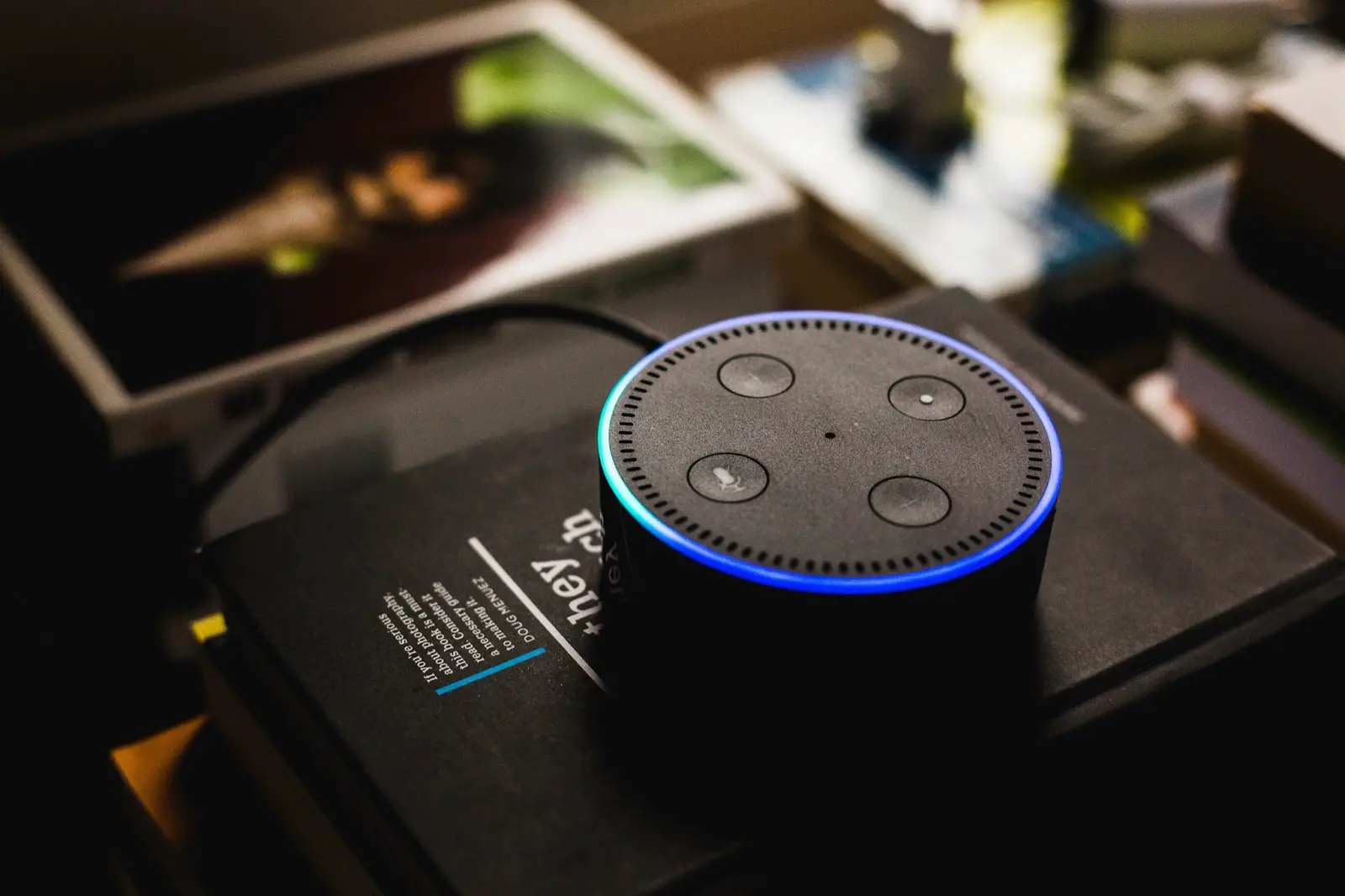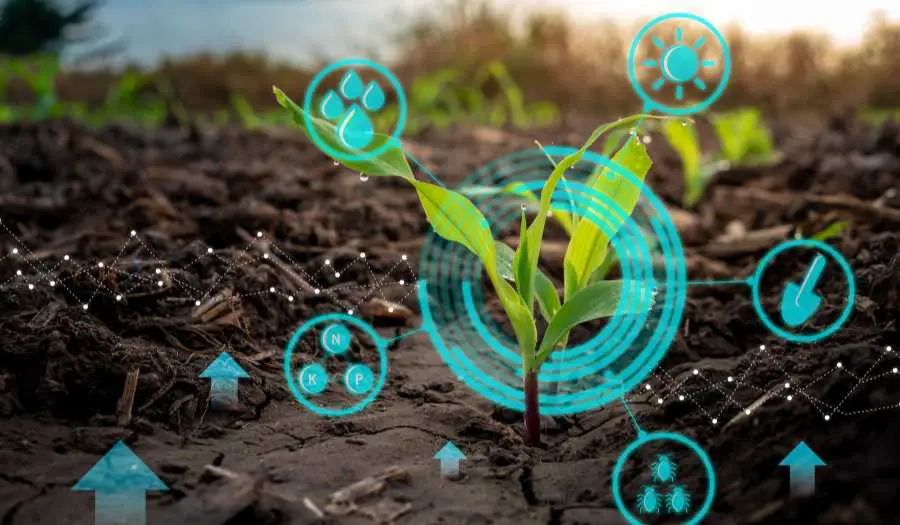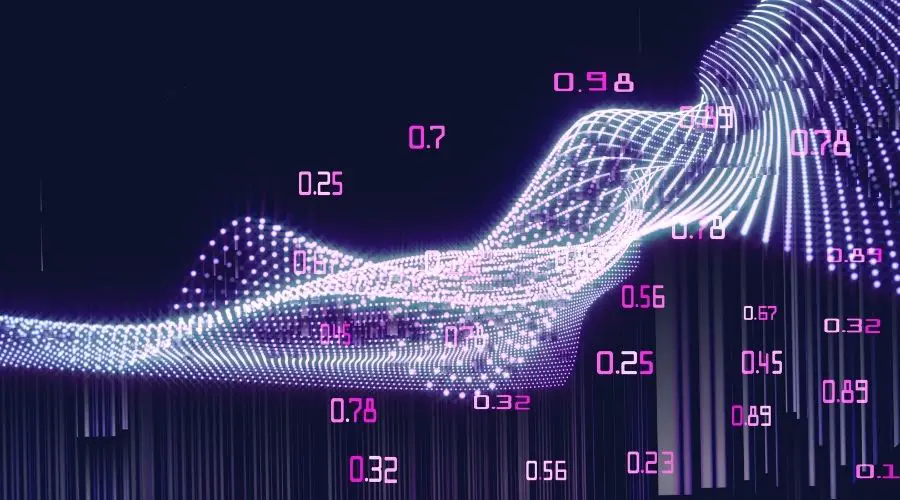IoT is one of the leading technology drivers of digital transformation.
In this post, we’ll provide an overview of the main components of IoT with examples of how it is applied in digital transformation across different industries.
Table of Contents
- What is IoT?
- How Does IoT Work Exactly?
- What Are the Main Components of IoT?
- How Is It Applied in Digital Transformation?
- FINAL WORD
What is IoT?
IoT stands for the Internet of Things – a network of physical objects or “things” that are connected to the internet and can communicate with each other.
Although this term might sound like a novel concept, chances are you’re already using IoT devices in your everyday life without even realizing it. These things can be anything from cars and fridges to heart monitors and streetlights.
In 2021, there were already 11.28 billion IoT-connected devices worldwide, and that number is projected to reach 29.42 billion in 2030.
IoT is a rapidly growing area with huge potential.
For example, IoT-enabled devices can be used to monitor traffic conditions and help reduce congestion, or to provide early warnings of emergencies such as fires.
How Does IoT Work Exactly?
IoT devices are connected to the internet and can communicate with each other via the internet.
They can also be connected to other devices or systems, such as sensors, which collect data about their surroundings. This data is then sent to a central location, where it can be analyzed and used to improve the efficiency of various processes or tasks.
As these devices usually have some form of built-in intelligence, it allows them to gather data and make decisions without human intervention.
This intelligence can be in the form of a simple sensor that triggers an action when it detects a change in its surroundings, or it can be more complex, such as a machine learning algorithm that gets smarter over time.
There are many use cases in a variety of industries, most notably:
- Healthcare: Remote patient monitoring, hospital asset tracking, clinical decision support
- Retail: Inventory management, customer analytics, store optimization
- Manufacturing: Predictive maintenance, quality control, supply chain management
- Transportation: Traffic management, fleet tracking, vehicle diagnostics
- Smart cities: Infrastructure development and management, public safety, resource conservation
What Are the Main Components of IoT?
When we talk about the “components” of IoT, we’re referring to the hardware and software that make up an IoT device or system.
The hardware component refers to the physical devices that are connected to the internet. These can be anything from sensors and cameras to cars and industrial machines.
The software component, on the other hand, is the set of programs and algorithms that run on these devices and enable them to collect and analyze data, make decisions, and carry out actions.
It is said that there are typically 4 main components of IoT – sensors and actuators, connectivity, data processing, and user interface. Let’s look into these in more detail.
Sensors and actuators
These are the devices that collect data from the environment and carry out actions based on that data. They are sometimes referred to as “things” in IoT.
Sensors are used to collect data, such as temperature, light, sound, or pressure. Actuators, on the other hand, are used to carry out an action based on the data that has been collected, such as turning on a light or opening a door.
Connectivity
After the data is collected, it needs a way to get to the cloud (or other data storage location) so it can be processed and analyzed. This is where connectivity comes in.
Connectivity refers to the various technologies that are used to connect devices to the internet, such as WiFi, Bluetooth, cellular, or satellite. The data that was gathered through the sensors is then transmitted over the internet using one of these technologies.
Data processing
For data to be useful, it needs to be processed and analyzed through data processing. Data processing refers to the algorithms and software that are used to make sense of the data that has been collected.
As mentioned previously, this can be anything from simple data aggregation to complex machine learning.
User interface
Last but not least, we have the user interface. The user interface is what allows humans to interact with IoT devices and systems. This is the last stage of the data processing pipeline and is what allows us to control the devices or see the data that has been collected.
After all, the data collected has to serve some purpose for us, whether it’s helping us make a decision or simply providing us with information.
How Is It Applied in Digital Transformation?

So, how can IoT be used as part of a business’s digital transformation (DX) strategy?
As a refresher, digital transformation is the process of using technology to improve the way a business operates. This can be anything from automating processes to improving customer service.
And while many different technologies can be used as part of a DX strategy, IoT is one of the most important.
IoT can be used in a number of different ways to improve the way a business operates.
For example, it can be used to track inventory levels and automatically reorder products when they run low. It can also be used to monitor production lines and identify issues before they cause delays or quality problems.
Additionally, IoT can be used to create better customer experiences by personalizing products and services and providing real-time support.
There are endless possibilities for how IoT can be used to improve the way a business operates. And as the technology continues to evolve, we can expect even more innovative applications of IoT in the future.
FINAL WORD
The interesting thing is, depending on the application, not all of these components may be necessary.
For example, if you’re building a simple weather station, you may only need sensors, connectivity, and data processing.
However, if you’re building a self-driving car, you’ll need all of the above plus some additional components, such as GPS and lidar.
At the end of the day, IoT is a vast and complex field with many different applications, but what we do know is that the technology is only going to become more prevalent in the years to come. Its application in a wide variety of industries is evident, with more and more businesses looking to adopt IoT solutions to improve their operations.



